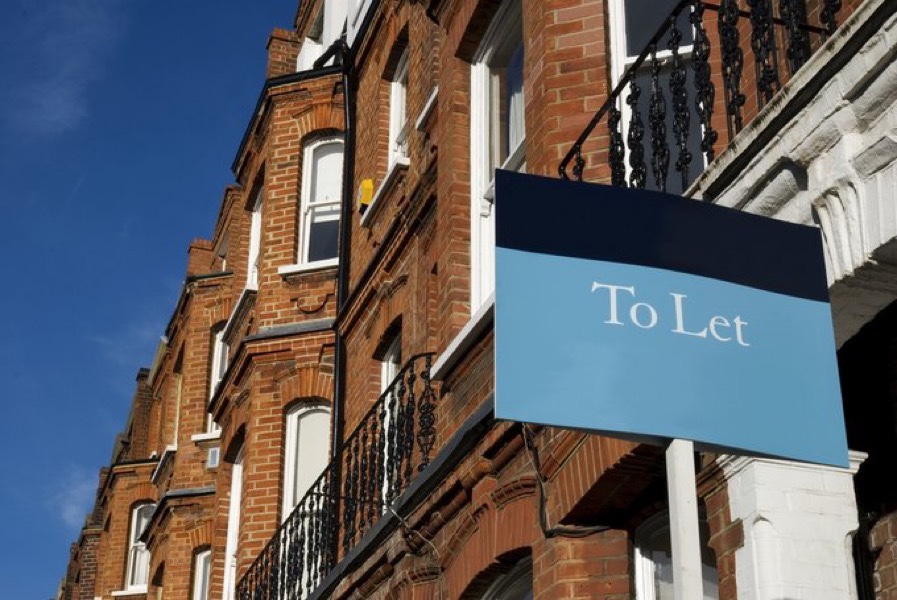London sees largest increase in landlord numbers

Market analysis from Total Landlord Insurance has revealed that despite the Government’s best efforts, the number of landlords within the British rental market has climbed by 2.4 per cent since 2016/17.
Total Landlord Insurance analysed the current estimated number of landlords with income generated via property and how this has changed over time. The figures show that across Britain, almost 2.6 million of us make a living as a landlord, a 2.4 per cent increase over the last three years.
London is not only home to the most landlords at 463,200, the region has also seen the largest increase since 2016/17 – up by 8.4 per cent.
The East of England (4 per cent) and South East (3.4 per cent) have also seen some of the largest uplifts in landlord numbers, while the South East is also home to the second highest number at 459,410.
But not every area has seen this figure increase. In Wales, the number of landlords has fallen by -3.9 per cent in the last three years. The South West has seen a decline of -1.5 per cent, with the North East (-0.6 per cent) and Scotland (-0.3 per cent) also seeing a decline, albeit it to a lesser degree.
London has also seen some of the largest increases in landlord numbers at local authority level. The City of London has seen a 37 per cent increase in the number of landlords since 2016/17, with Barking and Dagenham home to the second highest increase at 20 per cent.
Outside of London, Slough has seen the largest increase, also up 20 per cent. Newham (16 per cent) and Thurrock (16 per cent) also rank within the top five where the largest increase in landlord number is concerned.
However, in Pembrokeshire, the number of operational landlords has declined by -13 per cent since 2016/17, along with Allerdare and Gwynedd. Ceredigion (-12 per cent) and Scarborough (-12 per cent) have also endured some of the largest declines in landlord numbers.
Steve Barnes, Associate Director at Total Landlord Insurance, commented:
“In recent years, the nation’s landlords have been served up an unsavoury cocktail with regard to restrictions to income tax relief, buy-to-let stamp duty increases and changes to capital gains tax.
Despite this, the number of landlords has not only remained robust across Britain, but we’ve actually seen an increase which is proof, if it were ever needed, that property remains a very attractive investment.
Of course, this hasn’t been the case completely across the board and some areas have seen a notable decline. Unfortunately for tenants in those areas, this decline in rental investment will only limit the options available to them, driving up the cost of renting in the process.”




